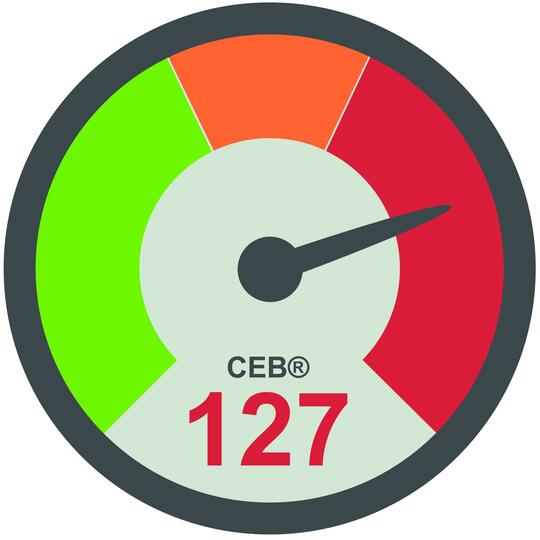ECGmax
With the ECGmax you not only get the usual 12, but 22 leads and thus a much more comprehensive
picture of the heart muscle including the posterior wall and the right side.
ECGmax – the corpuls revolution of the ECG.
Over 20 years ago, corpuls brought the 12-lead ECG to the emergency services for the first time and it has been the gold standard in ECG diagnostics ever since. Until now.
In 2020 corpuls revolutionised the ECG again: With the ECGmax you not only get the usual 12, but 22 leads and thus a much more comprehensive picture of the heart muscle including the posterior wall and the right side. The current European Society of Cardiology guidelines recommend that these be examined if possible.No additional effort is required and no electrodes have to be attached or positioned.
- Broadened diagnostics with 22 leads
- Posterior leads V7–V9
- Right cardiac leads V3r–V6r
- Orthogonal leads X, Y, Z and Vectorloops
- Only 10 electrodes, extremities and chest leads
Possibility of automatic forwarding as PDF to tablets and smartphones.
CEB® – The cardiac electrical biomarker
In addition, ECGmax can calculate the Cardiac Electrical Biomarker CEB® from the same electrodes. The three colour-coded areas of the CEB® – normal, conspicuous, abnormal – make interpretation particularly easy. The user can immediately recognise whether myocardial ischemia is present – with comparable sensitivity and specificity to troponin.

- Simple interpretation using the traffic light concept
- Measured value is comparable to troponin
- Fast reaction by measuring the electric field
- High sensitivity and specificity
- No additional electrodes required
- Continuous value
- Non-invasive measurement
Vectorloops
Vectorloops according to Frank, consider the electrical conduction in the heart as a rotating dipole. The course of the peak of this vector is spatially represented as a loop in a three-dimensional individual coordinate system. The loops correspond to the P wave, the QRS complex and the T wave. With a healthy myocardium, the loops are regular and "fluid looking", with a dysfunction the conduction of the dipole is rather irregular and jagged.

Example representation of the different conductions.
- Electrical conduction as a rotating dipole
- Represented as a loop in the 3D coordinate system
- Loops correspond to the P wave, the QRS complex and the T wave
- Healthy loops are more regular and "flowing"
- Dysfunction shows as irregular and jagged
The following files show a resting ECG with 22 leads and the CEB®, in the available formats "Printer optimised", "Lead sections" and "Complete leads", each in the classic order. Of course, ordering according to “Cabrera” is also possible.










